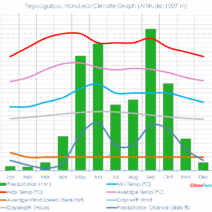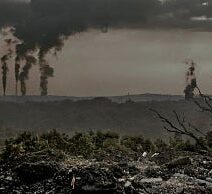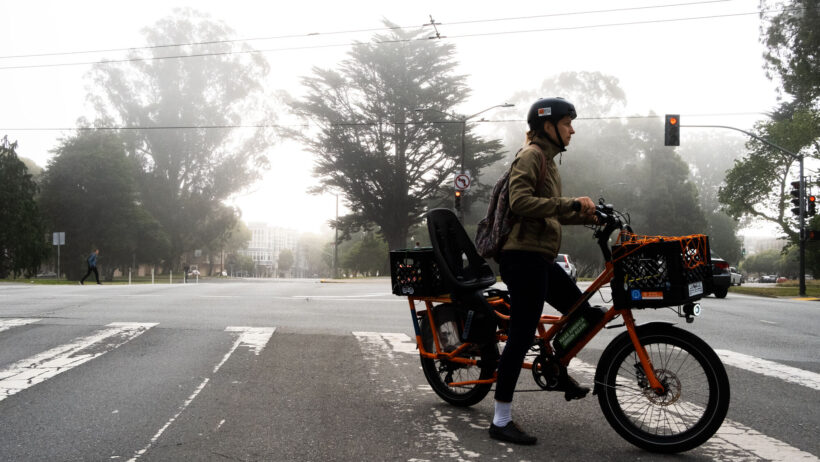San Francisco is an iconic city, famed for its undulating hills, the picturesque Golden Gate Bridge, and yes, its persistent fog. This fog has become a part of the city’s character. It is often romanticized in literature, cherished by photographers, and has a profound ecological significance. As the specter of global warming looms, it raises an intriguing question: Does global warming increase or decrease fog around the San Francisco Bay Area? To answer this question, one must navigate the complexities of climate science, meteorological patterns, and the unique atmospheric conditions that characterize this region.
The first step in unraveling this climate mystery is to understand what constitutes fog. Fog is essentially a cloud that forms at ground level when moist air cools and condenses. It plays a vital role not only in creating the city’s distinctive ambiance but also in regulating temperatures and impacting local ecosystems. In San Francisco, fog is predominantly formed when warm, moist air from the Pacific Ocean clashes with the cooler air over the coastal land, resulting in a phenomenon known as coastal upwelling.
However, as the planet warms, atmospheric behavior becomes increasingly erratic. Warmer air holds more moisture, which theoretically could lead to more fog formation, while simultaneously, rising temperatures can increase evaporation rates, potentially reducing fog occurrence. This duality creates an intricate web of feedback loops: an increase in coastal temperatures can augment local atmospheric instability and alter wind patterns, which could ostensibly either promote or inhibit fog development.
Focusing on the data, studies have indicated that, over the decades, fog frequency in the Bay Area has shown signs of variability. Some research suggests that there have been periods of reduced fog, which scientists attribute to a phenomenon known as the “Pacific Decadal Oscillation” (PDO). During warm PDO phases, eastern Pacific sea surface temperatures rise, leading to less prominent coastal upwelling. This can result in reduced fog days. Therefore, during certain climatic conditions, the effect of warm water can hinder fog formation.
On the other hand, when sea surface temperatures are cooler, typically associated with La Niña events, the upwelling is more robust. This cooling can enhance not only the formation of marine fog but also its persistence. Scientists argue that the interplay of these ocean temperatures is crucial to understanding future fog patterns. Herein lies the conundrum: will the warming ocean produce less fog in the future as we continue to thermally stress our planet? Or will altered wind patterns and increased moisture lead to a fog resurgence?
One of the key challenges presented by climate change is the modification of local ecosystems. Fog is vital for coastal habitats, especially for redwood forests and various marine species. The moisture it provides is fundamental for the survival of many plants and animals. When fog levels decrease, it can disrupt the delicate balance of these ecosystems. With this in mind, the implications of changing fog dynamics extend beyond mere aesthetics; they possess direct repercussions on biodiversity.
Yet, the mystery does not merely rest on the interaction between land and sea. Urbanization has dramatically transformed the landscape of San Francisco over decades. The looming skyscrapers and extensive development create what is known as the urban heat island effect, resulting in localized temperature rises. This warming can alter the thermodynamic balance of the area, potentially influencing fog formation. Urban infrastructure often radiates heat, which can warm the air and cause an increase in atmospheric pressure, further complicating where and how fog forms.
Interestingly, as urban areas become hotter, cooler coastal air drawn inland can create more pronounced temperature gradients, which might paradoxically enhance fog formation in certain locales. This serendipitous possibility evokes a playful question: can San Francisco’s urban environment unwittingly collaborate with climate change to produce even more fog days? This interplay is certainly not straightforward; rather, it embodies the unpredictability inherent in climatic shifts.
An analysis of historical fog data juxtaposed against ocean temperature records could provide insights into long-term trends. However, predicting fog’s future in San Francisco remains tenuous. Climate models often exhibit uncertainty in their forecasts, convoluting the relationship between warming trends and fog patterns. This reinforces the notion that the science of climate is inherently complicated and sometimes even elusive.
In summary, the fog of San Francisco epitomizes more than just a unique weather phenomenon; it embodies an ecosystemic interplay, a climate puzzle yet to be fully unraveled. While global warming may contribute variables leading to both the potential increase and decrease of fog days, definitive conclusions are problematic. As research continues, stakeholders from environmentalists to urban planners must acknowledge this complexity in their decision-making processes. The resilience of the city’s fog and its concomitant ecosystems may hinge on our understanding of these multifarious interactions. Ultimately, the fate of fog may be a reflection of our broader struggle against climate change—a battle in which we must remain cognizant of the intricacies at play.








